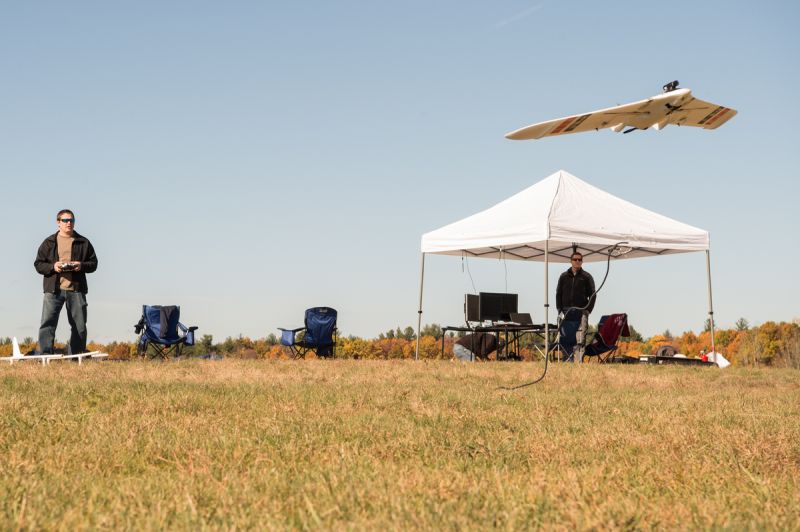An airborne collision avoidance system developed at Lincoln Laboratory is among this year’s award winners announced by R&D World magazine. The awards recognize the 100 most significant innovations that have transitioned to use or been made available for sale or license in the past year.
Lincoln Laboratory developed the Airborne Collision Avoidance System sXu (ACAS sXu) to enable unrestricted sUAS operation in the national airspace. The system allows sUAS to detect and track other nearby aircraft, and then automatically maneouvr3s the sUAS away from those aircraft to avoid a potential mid-air collision (or alerts its ground operator to make such a maneuver). ACAS sXu can be installed on the sUAS or employed as a remote service, and is adaptable across the wide range of sUAS vehicle types. The ACAS sXu design standard was finalized in 2022, and the Federal Aviation Administration (FAA) is developing policy and procedures to approve use of this system.
Lincoln Laboratory shares this award with its collaborators on the technology: the FAA, MITRE, and Johns Hopkins University Applied Physics Laboratory.
Today, small drones, or uncrewed aircraft systems (sUAS), are generally not authorized to fly in the U.S. National Airspace System. U.S. law requires all air vehicles to be able to see and remain clear of conflicting air traffic — and sUAS have neither a pilot on board nor a technical solution to meet this requirement.
(Image: Glen Cooper)
For more information visit:




